The towns of Greenbelt, Maryland, Greenhills, Ohio and Greendale, Wisconsin are together known as the Greenbelt Towns, cities designed and built in the 1930s as a part of President Franklin D. Roosevelt’s New Deal to serve as models and blueprints for future developments. The towns are the subject of Jason Reblando’s new book New Deal Utopias, published recently by Kehrer. As his images show, today the developments still stand as reminders of a social experiment that aimed to provide low income families with affordable housing, access to nature and fresh air and jobs in collectively run schools and shops. But the communal nature of the original communities was not repeated in future government projects. Developed for Roosevelt’s Resettlement Administration (RA) by Rexford Tugwell, a former economics professor, the cities included buildings with shared courtyards and lawns; their design aimed to “encourage social cohesion among the residents,” writes Natasha Egan in the introduction to the book. But by the mid-1930s, “with the rise of fascism and communism spreading across Europe, Tugwell’s cooperative ideology became a political lightning rod for Roosevelt,” and Tugwell resigned in 1936. Ownership of the towns transferred to their individual occupants and to private developers.
In Reblando’s images, the towns today are tidy if threadbare, their public buildings dotted with modest Art Deco murals and sculptural flourishes, and surrounded by open space and green grass. Many of the communal spaces that Reblando records are quiet and empty—there is a still swimming pool, a deserted school gym, and empty chairs in the village hall, suggesting that the social interactions these spaces were designed to inspire has not come to pass. But Reblando also photographs the towns’ residents. Three teens stand in front of a community center in Greenbelt, framed by the freeze over the building’s door; a lone soul plays basketball on the weed-covered courts in Greenhills; and a boy washes a car parked in front of a symmetrical two family home in Greendale. A few images show larger groups. In Greendale, a dozen people stand on a sidewalk while touring a home, and a large crowd gathers in lawn chairs at dusk around a gazebo, awaiting a performance. As Egan writes, “Reblando’s photographs, taken seventy-five years after the towns were built, point to how these idealistic visions have adapted or failed to adapt to changing circumstances. They challenge us to see beyond the physical attributes of a town’s layout and to consider the consequences of design, in human terms.”
Related Stories:
A Vision of the Future in Past World’s Fairs
Looking Around America’s Libraries
Scene from Afar: How Shane Lavalette Used a 1939 Project to Inform His Swiss Travelogue (for PDN subscribers; login required)
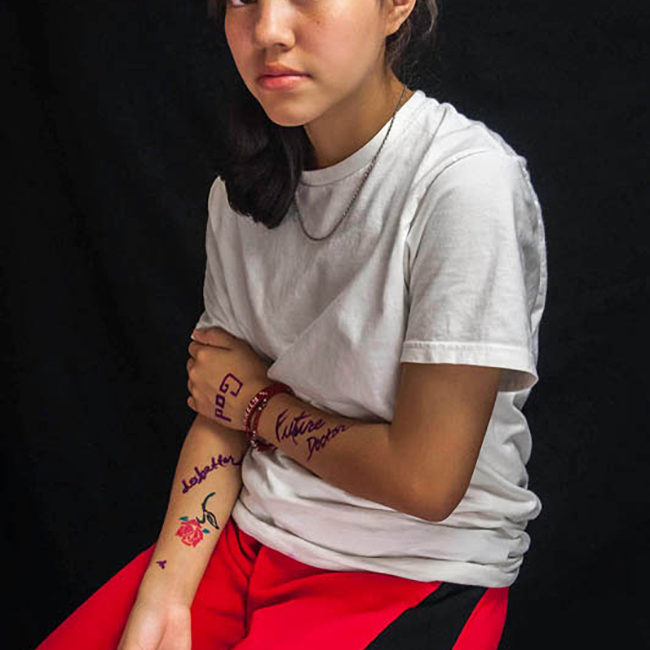
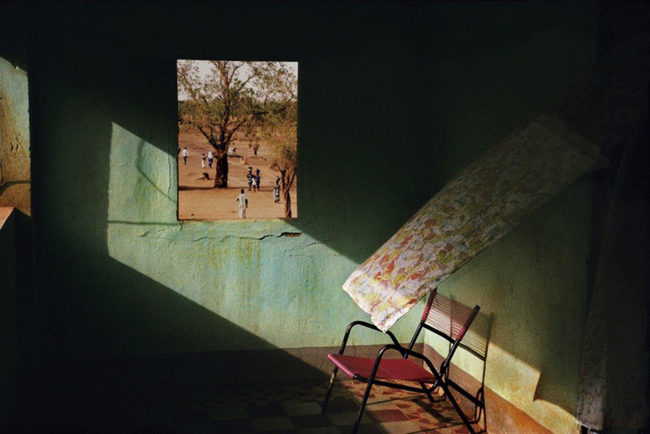



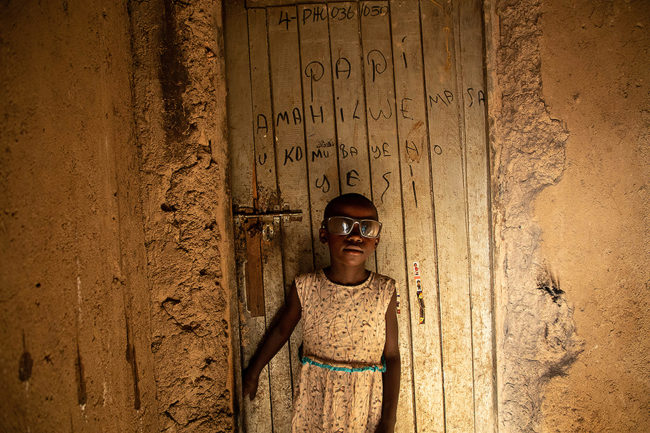
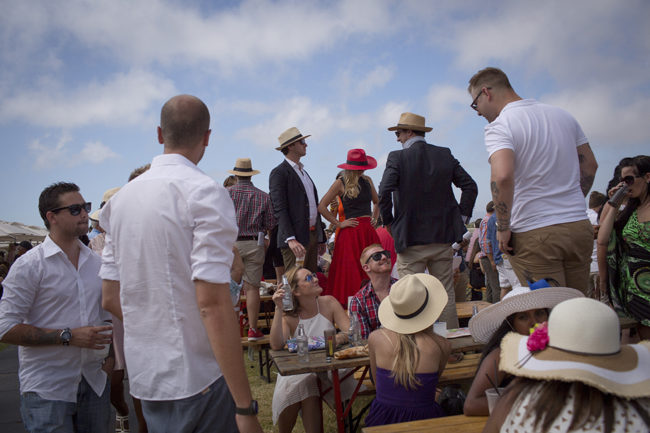

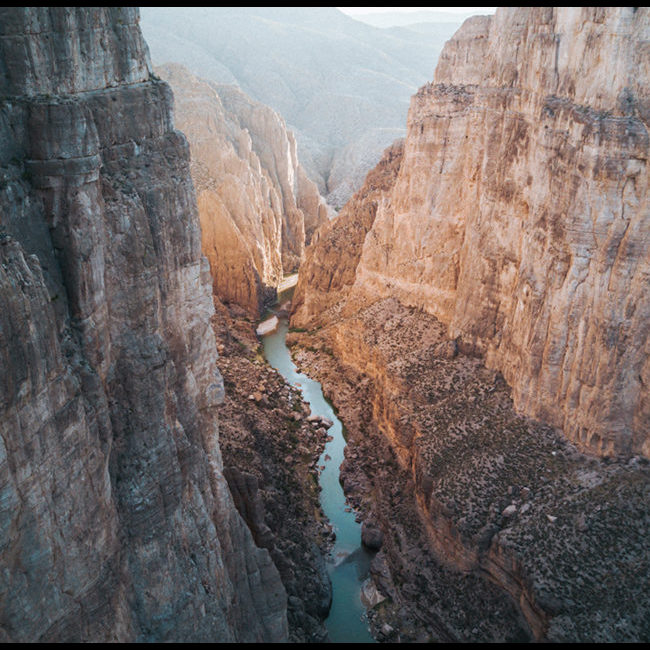
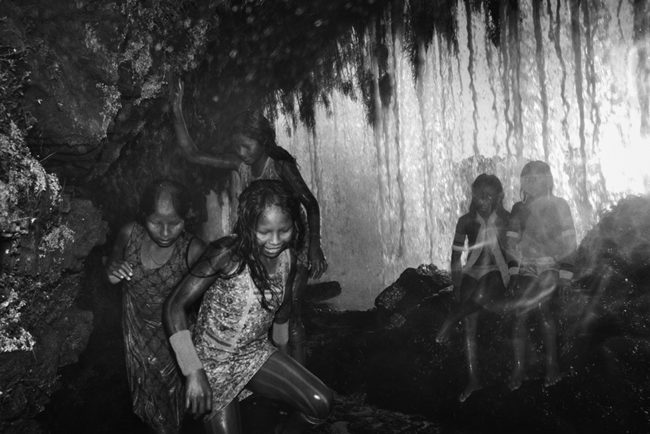
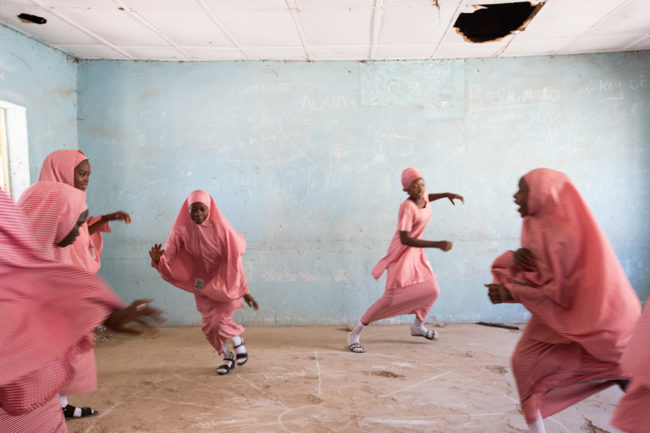
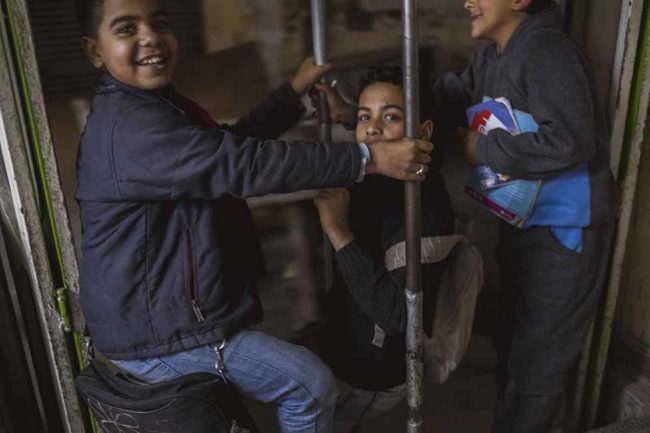
I grew up in Greenbelt Maryland in the 1950’s. You could get to the pool, library, bank and grocery store without needing a car. The town is still a viable and affordable suburb of Washington, DC.